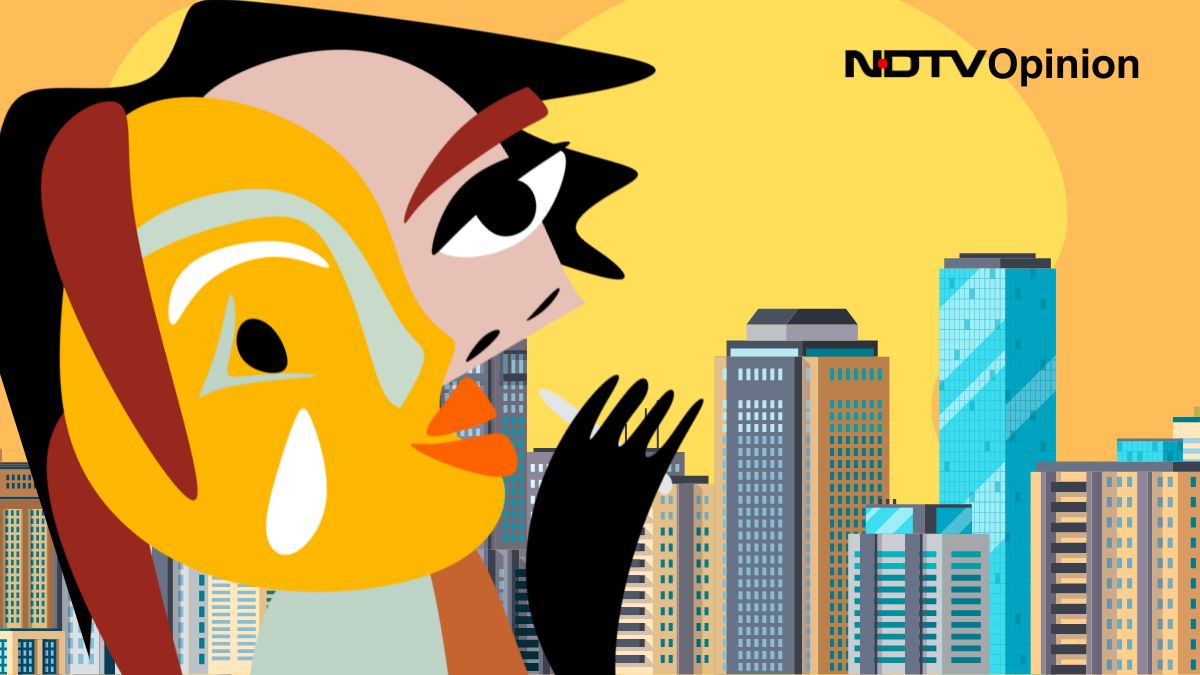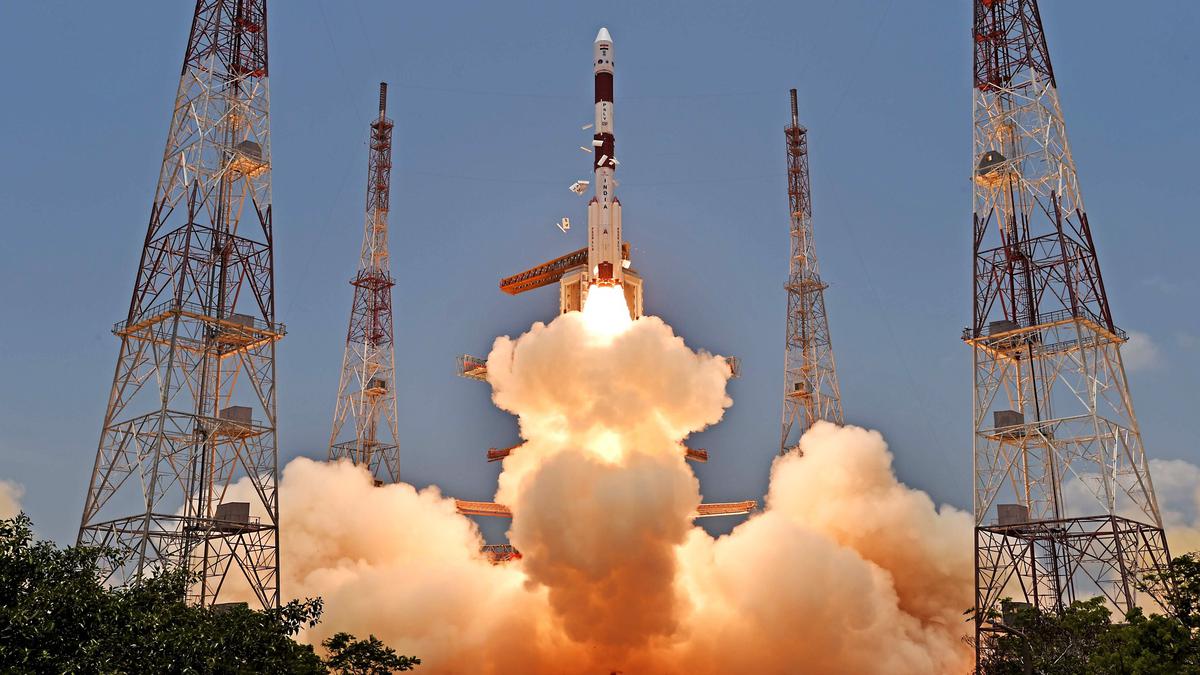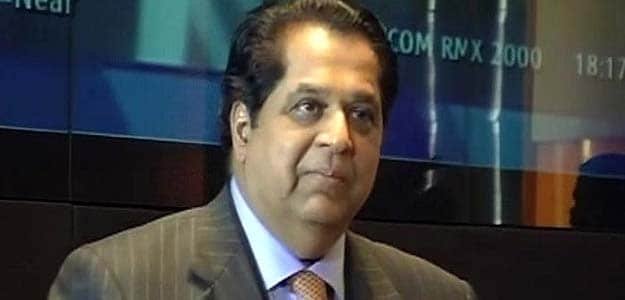Ashwini Vaishnaw spoke to NDTV on the first 100 days of Modi 3.0 in an exclusive interview
New Delhi:
The Narendra Modi government has set an aggressive target for implementing the Kavach train protection system across the rail network in the next five to six years, Railways Minister Ashwini Vaishnaw told NDTV as Modi 3.0 completed 100 days.
In an exclusive interview with NDTV, Mr Vaishnaw said the Prime Minister took historic initiatives in the first and second terms and set the foundation for India to become a developed country by 2047.
“During the election process, Prime Minister Modi called all the bureaucrats and told them that the country’s progress should not stop. He told the officials that we would be busy with elections, but they should keep planning. Because of this vision, we have been able to announce many new programmes and start new work in 100 days,” he said.
100-Day Report Card
Elaborating on how his ministry has performed in the first 100 days of Modi 3.0, Mr Vaishnaw said Railways has started 12 new projects with an investment of Rs 50,000 crore.
The Railways Minister said the government is focusing on improving the travel experience of lower-income and middle-income groups. He said they are adding general coaches that cater to lower-income groups. “108 trains have been augmented with new general coaches and 12,500 new general coaches are being manufactured,” he said.
Referring to the NaMo Bharat Rapid Rail service, the first of which was inaugurated between Ahmedabad and Bhuj yesterday, the minister said, “This is going to be revolutionary because, at a very low cost, a very high-quality service will be provided to commuters travelling from one city to another.”
On the Railways’ infrastructure push, the minister said the world’s highest rail arch bridge, Chenab Bridge, has been commissioned, 900 km of new tracks commissioned, and 100 digital stations and 309 locomotives are in the works,” he said.
Mr Vaishnaw said the Railways has introduced a direct drive technology based on the lessons learned from the Balasore accident that left nearly 300 people dead. “In the Balasore accident, there was manipulation in the electrical panel that controls point machines, so we decided to change the entire technology. The first direct drive technology has now been introduced,” he said.
The minister also said that 58,642 vacancies have been notified for recruitment in Railways.
The Railways, he said, was neglected throughout the Congress rule. “It was considered a political tool, not a department which can bring about a big change in people’s lives. That is the change which has happened during PM Modi’s tenure,” he said.
Meeting High Demand
The demand for rail travel is increasing every day and the government is bringing about a massive augmentation of its infrastructure to meet this demand, Ms Vaishnaw said. “The manufacturing of trains has significantly increased if you compare it with the UPA period. We are now manufacturing close to 6,000 coaches a year. During UPA, it was 2000-3000, close to 1200 locomotives are now being manufactured, compared to 200-300 a year during UPA. Massive change has happened,” he said.
With the festive season round the corner, the Railways has decided to deploy a record number of special trains to tackle the rush, he said.
“For people from low-income groups, we have introduced Amrit Bharat trains with the same features as Vande Bharat,” he said, adding that two such trains were launched in January and one will be launched every week from October onwards.
Vande Bharat vs Other Trains
Counting the charge that the Narendra Modi government is promoting Vande Bharat trains at the cost of other trains, the minister said, “Other trains are absolutely (getting) much higher focus compared to Vande Bharat. It’s just that Vande Bharat is catching the imagination of the people. That’s why there is so much excitement.”
“But we as Railways are very much focused on making sure that the lowest income categories of the society get very affordable rail travel,” the minister said.
He said 16 new Vande Bharat trains had been launched in the 10 days of Modi 3.0 and the first 20-coach Vande Bharat has been rolled out. Vande Bharat sleeper trains are going for testing and trials, he said.
“Huge Focus On Safety”
The Opposition has repeatedly criticised Mr Vaishnaw over the Railways’ safety record and train derailments. Responding to a question on how the national transporter plans to tackle safety issues, the minister replied, “We have made sure that each and every incident that happens in Railways, whether it is an accident or other incident, we go to the root cause. Wherever systemic changes have to be made, we make them, wherever procedural improvements have to be done, we do that, and where technology has to be changed, we are changing that.”
“We have done 97,000 inspections, verified 90,000 signal plans, 2,500 km of tracks (have been) renewed. Ultrasound testing is being done for the entire railway network. This fiscal, 1,86,000 km of tracks have been checked with ultrasound machines,” he said, stressing a “huge focus on safety”.
On the Centre’s much-touted Kavach train protection system, he said, “What the Congress governments could not do in 58 years, within a short time-frame of 10 years, we got this new technology developed, tested and the deployment started. The first tender was done in 2022, out of that 632 km is already commissioned.”
Version 4 of Kavach was approved on July 16, he said, adding the government has put out tenders for 10,000 locomotives and 9,600 km of train trains. “I am very happy to share that yesterday, the first section with Kavach 4.0 got commissioned between Kota and Sawai Madhopur,” he said, adding that with the system in place, the driver can see the signal from several kilometres away.
Asked about a timeline for this system being implemented across the Railway network, the minister said, “The countries which have half or less than half of our network size took about 15.20 years. But our Prime Minister has given us a very aggressive target. We would like to cover the whole network within 5-6 years.”




















